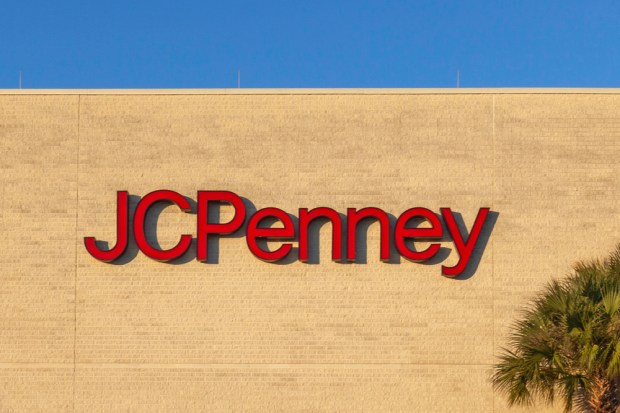JCPenney Makes Debt Payment, But Still Risks Bankruptcy

Struggling retailer JCPenney, which is reported close to seeking Chapter 11 bankruptcy protection, disclosed that it’s paid roughly $17 million in interest on a senior secured term loan credit facility to avoid a default, but that it’s still considering “certain strategic alternatives.”
In an SEC filing, the chain said it had a five-day grace period to make a May 7 payment before non-payment would represent an “event of default.” The retailer noted that it “had entered into such [a] grace period in order to evaluate certain strategic alternatives, none of which have been implemented at this time and which continue to be considered.”
CNBC had reported earlier that the retailer’s advisers were at work on a bankruptcy filing that could occur as soon as Friday (May 15), according to unnamed sources cited. But the possibility remained that negotiations could postpone the filing.
JCPenney is reportedly seeking to make its filing in Corpus Christi, Texas, according to the unnamed sources in the report. The retailer had approximately 90,000 full-time and part-time staffers in February and is said to be at work on an effort that would consider shuttering between 180 and 200 brick-and-mortar retail locations in bankruptcy.
Sales at the department store chain have dropped yearly as of 2016, and its collection of approximately 850 retail locations is under a quarter of its store base in 2001. The merchant’s roots go back to 1913. At that time, James Penney made a collection of 34 retail locations into the J.C. Penney company, which offered those in agriculture and others a single place to purchase key merchandise at discount prices.
The troubles of department stores started before the pandemic, as they have grappled with keeping a foothold in American retail. Brands have bypassed them by directly selling to consumers, who have left malls in which many are housed.
As previously reported, JCPenney was in talks with lenders to secure funding of $450 million. The debtor-in-possession financing would require the retailers to meet certain goals to receive the second part of the loan. The retailer, for its part, would have the ability to take $225 million of the loan on the first day.
After that time, the company would receive the rest depending on how it performs against its budget. As of May 13, it was reported that the retailer’s lenders were still in the process of going through the terms.
